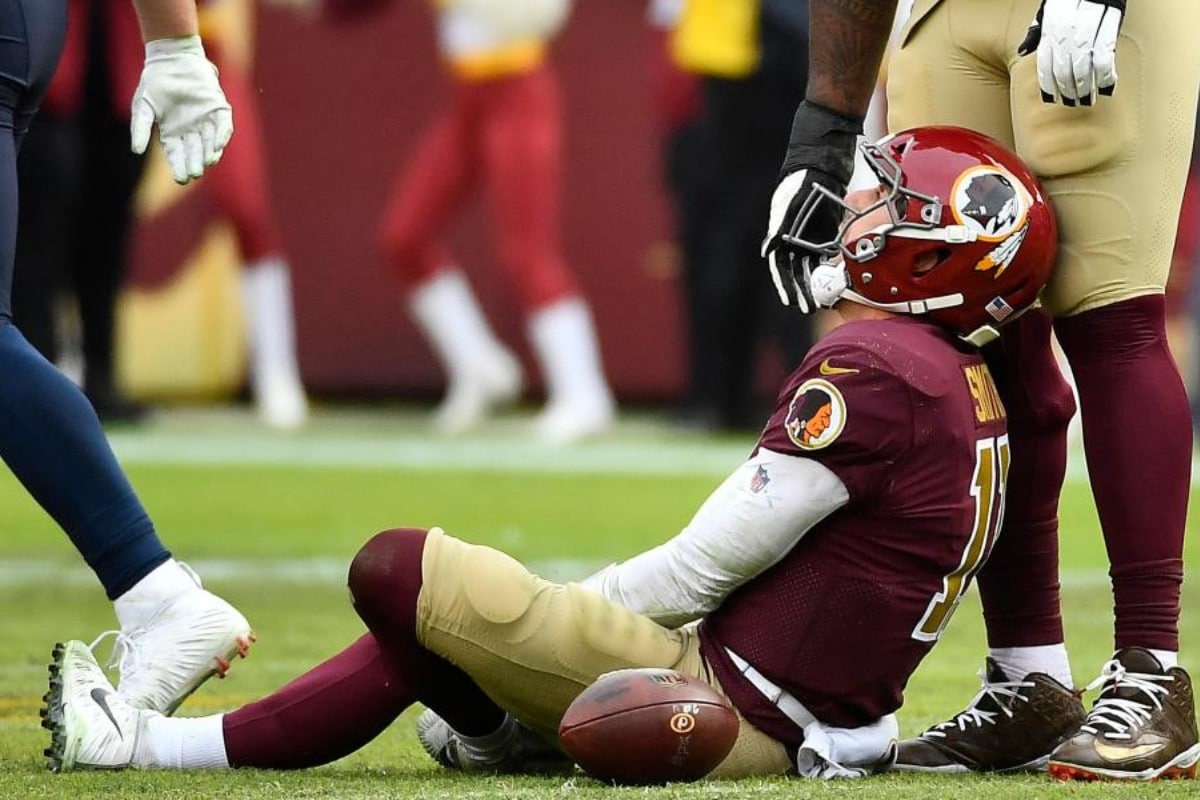
Joe Theismann
In the history of football, one haunting moment stands out—the career-ending injury suffered by quarterback Joe Theismann on that fateful Monday Night Football game in 1985. As Theismann dropped back to pass, he found himself on a collision course with New York Giants linebacker Lawrence Taylor. In the end, the impact was catastrophic, resulting in a compound fracture of Theismann’s leg that sent shockwaves through the stadium and reverberated across the nation. The gruesome scene, broadcast to millions on national television, forced Theismann into immediate retirement, abruptly ending a career that had seen him lead the Washington Redskins to a Super Bowl victory and earn multiple Pro Bowl selections.
The incident not only highlighted the physical toll and unpredictability inherent in the game but also left an unforgettable mark on the broader sports world, forever associating Theismann’s name with the fragility of athletic careers and the brutal reality of on-field injuries. The aftermath of that night became a watershed moment, prompting a reevaluation of safety protocols in the NFL and initiating discussions about the potential psychological impact on players witnessing such catastrophic injuries. Theismann’s journey from the pinnacle of success to a career-ending injury remains etched in the memories of football fans, serving as a somber reminder of the risks that accompany the pursuit of greatness on the gridiron.
